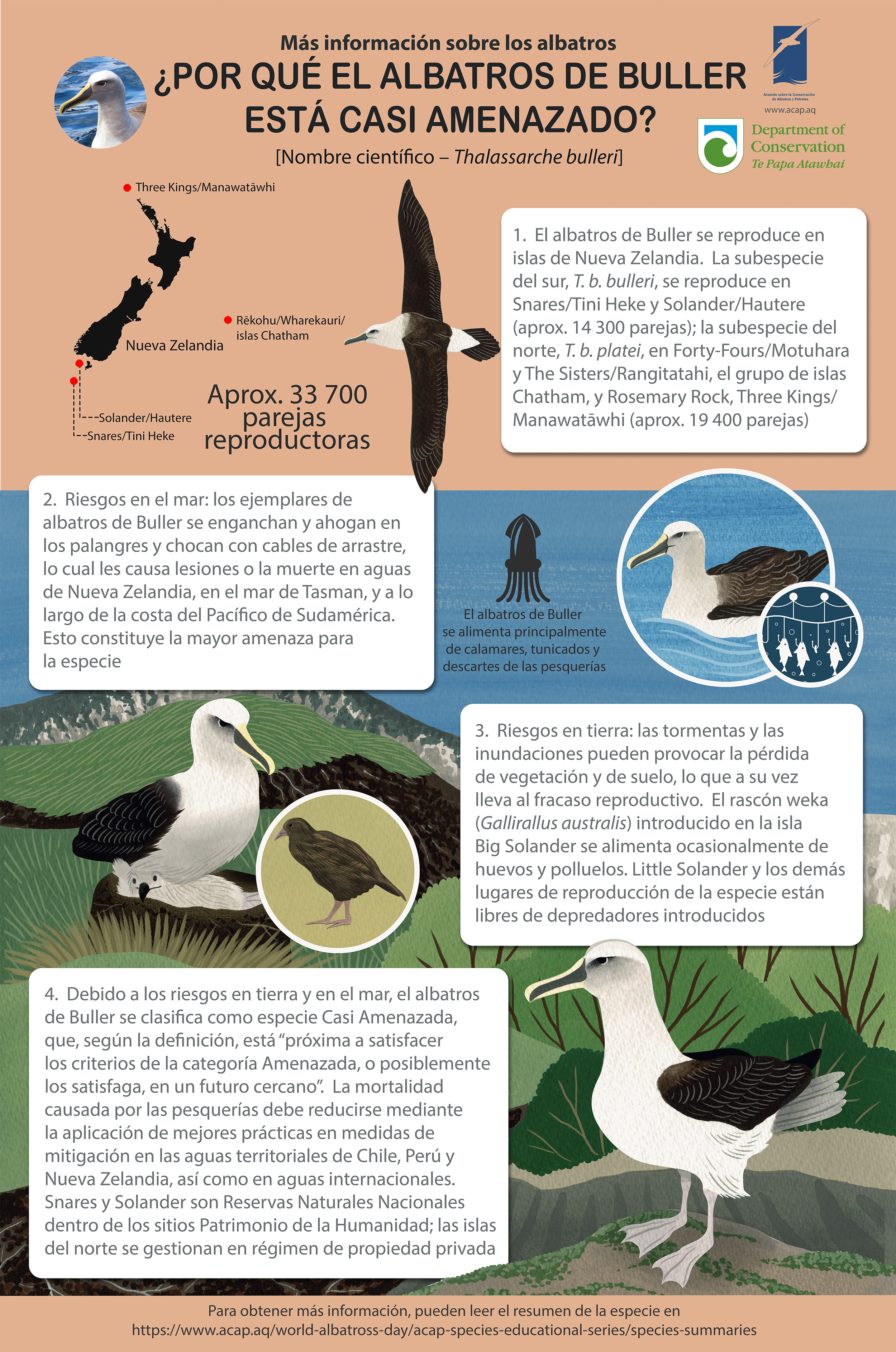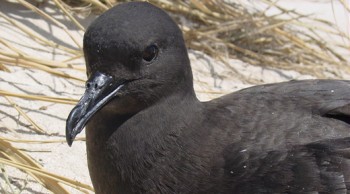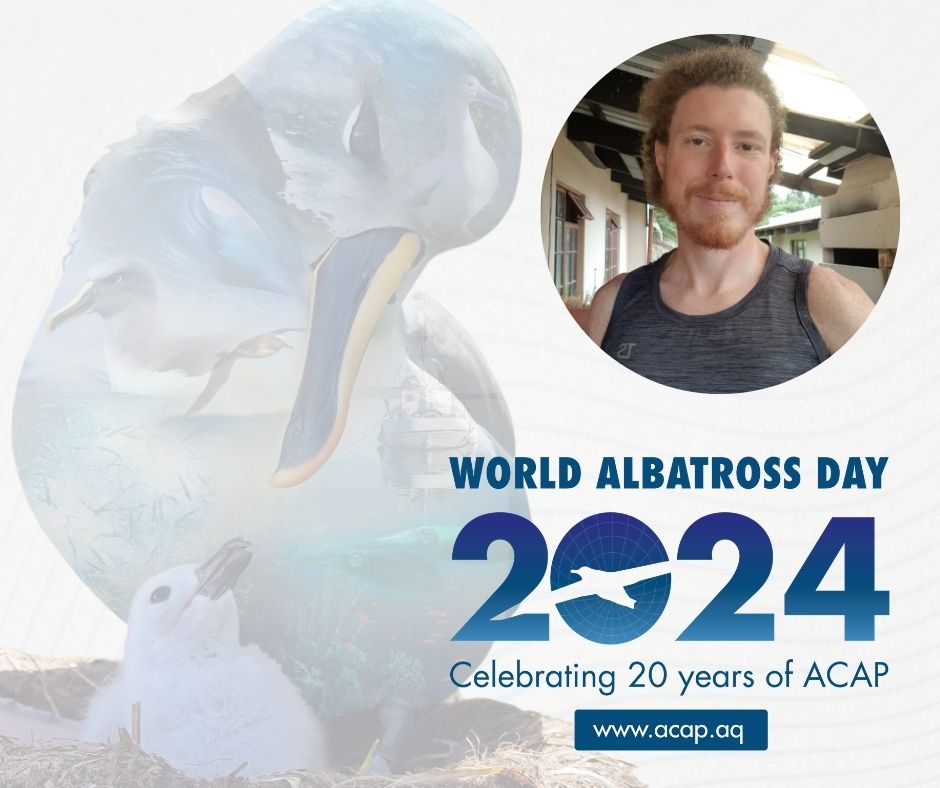 Geoff Tyler (pictured) designed this year's World Albatross Day poster and the anniversary logo marking twenty years of ACAP
Geoff Tyler (pictured) designed this year's World Albatross Day poster and the anniversary logo marking twenty years of ACAP
Note: Today is Day Five of “WADWEEK2024”, a series of seven daily posts to ACAP Latest News leading to World Albatross Day on 19 June, in support of this year’s theme of “Marine Protected Areas – Safeguarding our Oceans”.
South African born Graphic Designer, Geoff Tyler, was the mind behind this year’s poster for World Albatross Day with its theme, Marine Protected Areas: Safeguarding our Oceans. In the lead up to World Albatross Day on Wednesday, we turned our attention to Geoff to find out more about his connection to nature and his belief in how design can support conservation.
Where and what did you study?
I originally studied to be a Microsoft programmer but found coding to be very tedious, I realized that I was a more visual creative in that way. Afterwards, I did some short Desktop publishing courses and then I studied to get my Bachelor of Design at Inscape College Durban.
When and how did you first become involved in ACAP?
In 2018/2019 I was approached by one of your field researchers, Michelle Jones, and was offered a chance to get involved. At the time I was working for a Financial Technology business and found it to be “soul crushing,” so I thought it would be a nice change of pace.
What have you designed for ACAP over the years?
Mostly minor changes to the original logo and designing World Albatross Day logos with translations into other languages. I am thrilled to be able to use more of my skills and ideas now with the updated logos, posters and social media artwork.
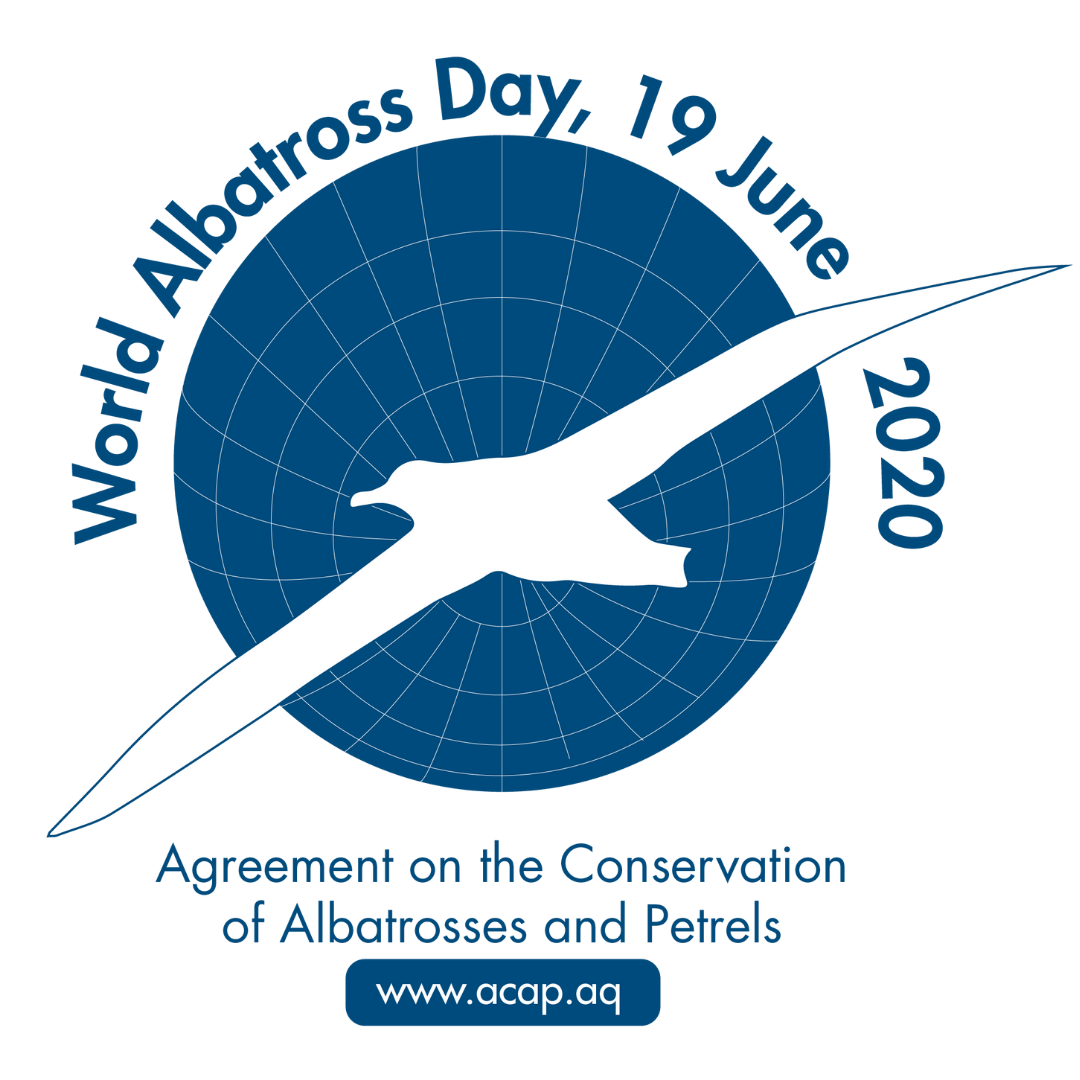
The original World Albatross Day Logo designed by Geoff Tyler
When and why did you become interested in conservation?
I have been fascinated by the natural world since I was a child and even had aspirations of becoming a game ranger here in South Africa. As I got older, my path shifted as technology become more prevalent in our day to day lives but my goal was always the same, to do my part to give back to nature.
We are blessed in South Africa to have a huge amount of biodiversity and a high density of wildlife, even in our backyards. It just seems that technology and media have become shiny objects that steal our attention, like jingling keys in front of a newborn, and keep us from seeing the reality of the damage being done to our planet. Now more than ever, we need more people to take conservation more seriously.
How do you think art and design can help conservation efforts?
I personally believe that humanity is meant to be the shepherds of the world, the caretakers of the living ecosystem.
Art has the power to cut through and affect people at their core, it can invoke emotions and leave a long-lasting personal impact. I believe design can have the same impact and when used correctly, can reach a staggeringly large crowd to convey a powerful message.
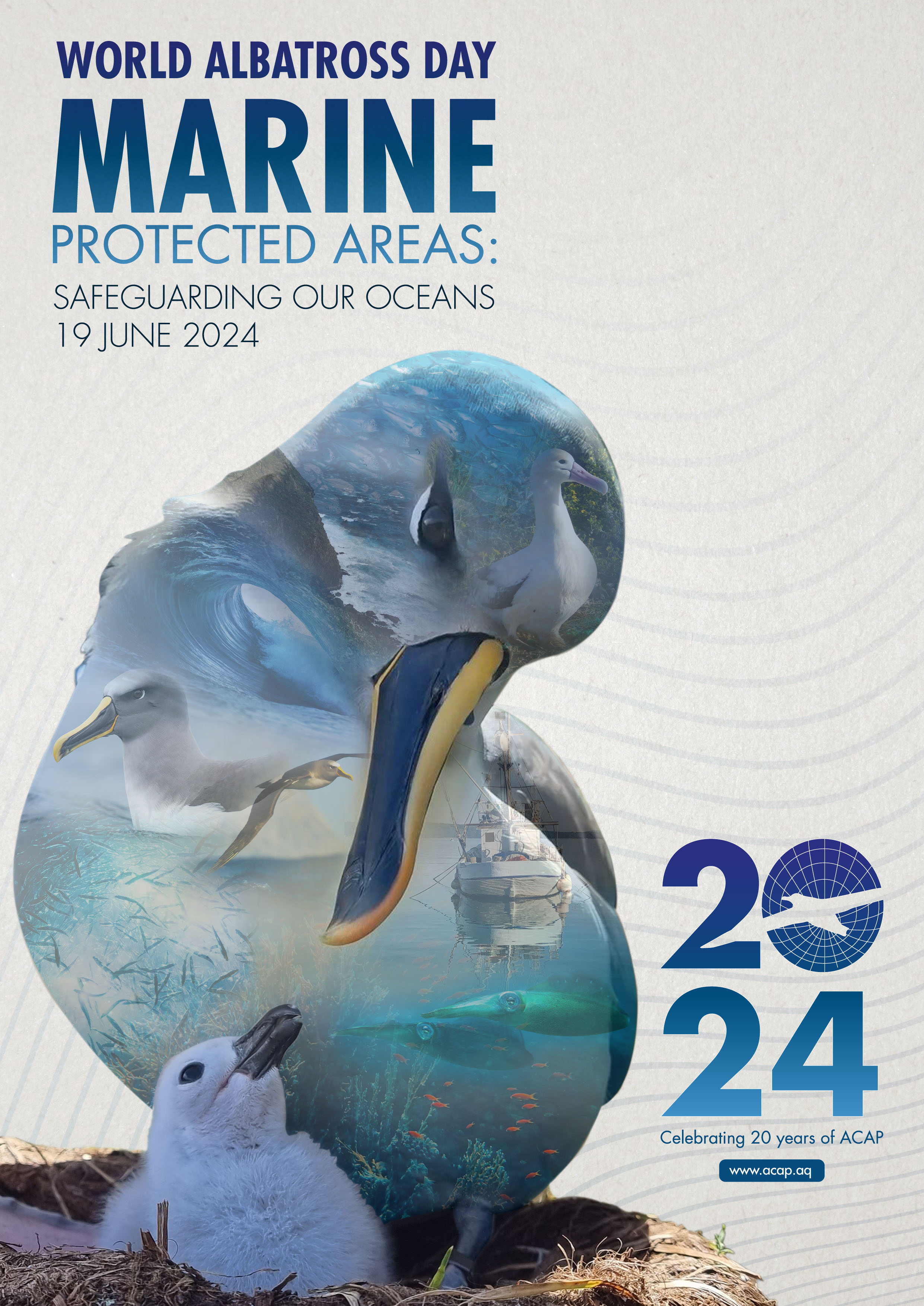 2024's World Albatross Day poster by Geoff illustrating this year's theme, Marine Protected Areas: Safeguarding our Oceans
2024's World Albatross Day poster by Geoff illustrating this year's theme, Marine Protected Areas: Safeguarding our Oceans
This year’s World Albatross Day poster is available in the three official ACAP languages of English, French and Spanish, as well as in Japanese to mark the fact that the majority of the Short-tailed Albatrosses, one of the featured albatrosses for WAD2024, breeds on Japan’s Torishima. The posters and logos can be downloaded at a high resolution from the ACAP website, here.
ACAP would like to thank Michelle Risi, Enzo M. Reyes, Ross Wheeler and John Klavitter for the use of their photographs in this year’s poster.
17 June 2024

 English
English  Français
Français  Español
Español 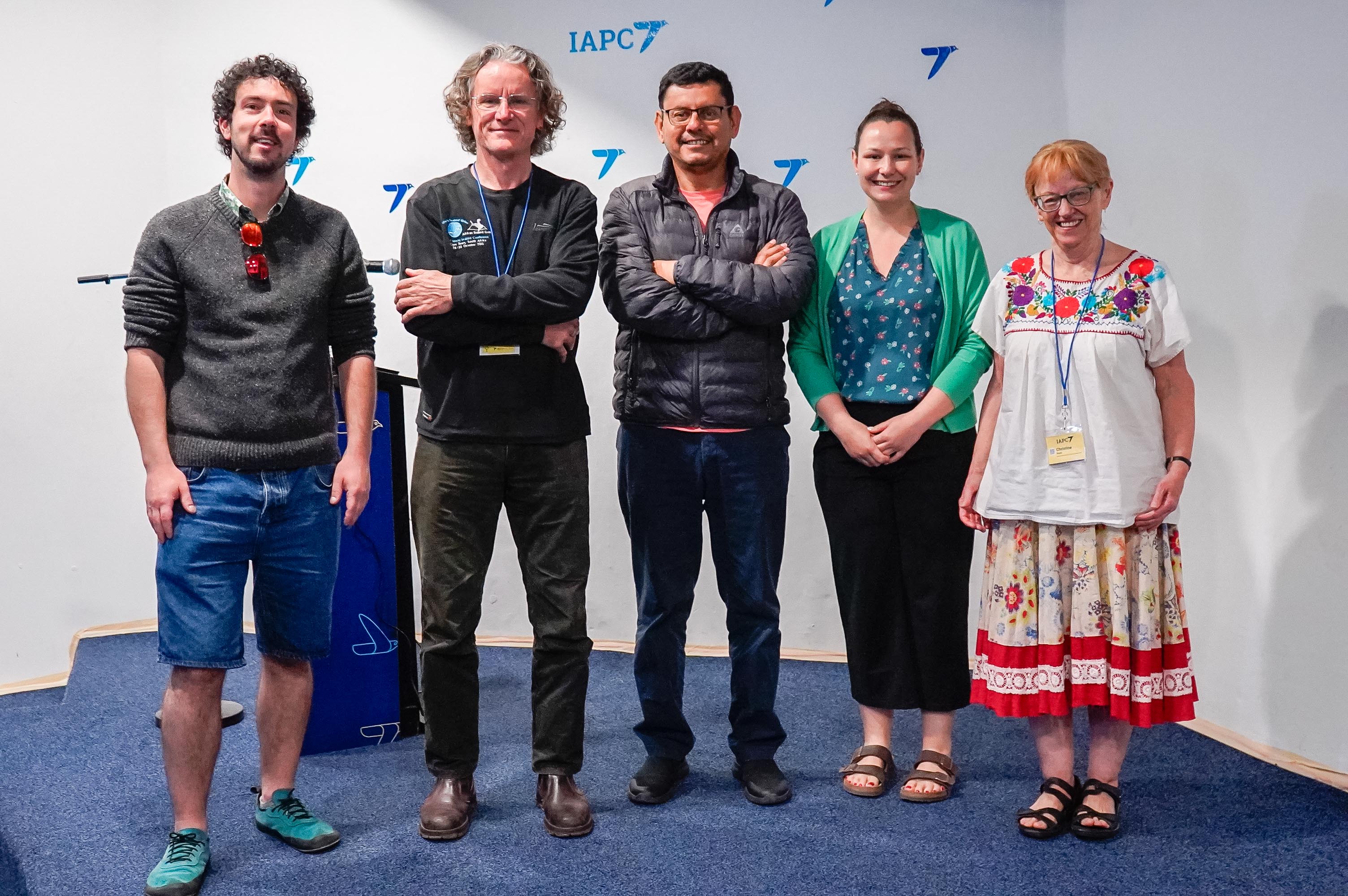 The plenary speakers from the 7th International Albatross and Petrel Conference in Mexico (left to right): Joan Ferrer Obiol, Nicholas Carlile, Carlos Zavalaga, Jolene Giacinti and ACAP Executive, Dr Christine Bogle
The plenary speakers from the 7th International Albatross and Petrel Conference in Mexico (left to right): Joan Ferrer Obiol, Nicholas Carlile, Carlos Zavalaga, Jolene Giacinti and ACAP Executive, Dr Christine Bogle Excerpts from ACAP's 20 year anniversary booklet -
Excerpts from ACAP's 20 year anniversary booklet - 
